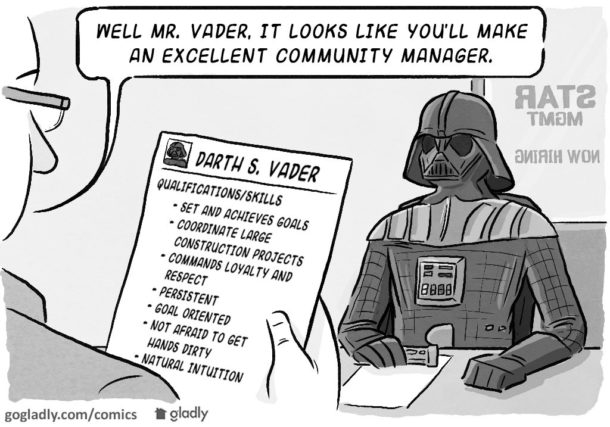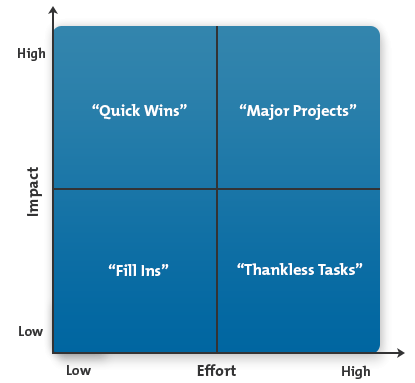Juggling multiple projects in a community association can seem daunting at the beginning. There are so many expectations, deadlines, meetings, schedules, vendors, contracts, mobilizations, and de-mobilizations to think of. Not to mention you might be dealing with scaffolding, orange cones, swing stations and demolition. . . a lot of demolition. (You can’t have an omelet without breaking a few eggs, right?)
You also can’t learn to juggle all of these complex projects without a lot of organization, planning and cooperation from the board, staff, contractors, and good old-fashioned communication.
I have had several experiences that required a dozen or more projects to be completed within a year, which meant doing them either in rapid succession or simultaneously — yeah, all at the same time. Here are a few of the main lessons I’ve learned about juggling multiple projects in a community association.
Start at the End
Sometimes the key to successful project management is working backwards.
Huh? Yes!
This means starting at the anticipated or contracted completion dates and planning backward from there. List all the steps that need to be taken, and when they should be finished to get to the project done on time.
For example, let’s say the project will be a material alteration to the exterior of the building(s), and it will require an approval from the membership. What are the statutory and/or documented requirements for approval? If it requires a seventy-five percent affirmative vote, get your skates on and take your vitamins — you’ve got some work to do! You’ll need to plan ample time to educate the membership about the benefits, features, and necessity of the project. This likely means at least least two town hall meetings for this level of membership approval. Difficult? Yes. Possible? Absolutely — if you work backward.
Start by getting a consensus on a completion date from all the stakeholders. Based on that, recommend a date for the Special Meeting vote that allows an additional thirty days (or whatever is required) in case you need another opportunity meet the affirmative vote threshold. Next, what are the milestones or other requirements you’ll need to satisfy along the way? Your contractor can help, but you may need answers and timelines for the following:
- Is a permit required?
- What is the anticipated approval date for the permit?
- Will you submit the contract for attorney review (highly recommended)?
- What is the amount of the first deposit?
- How about the need for board review, discussion and negotiation with the contractor?
- Who approves progress payments?
- What will the impact be on parking, ingress and egress, noise, and dust?
- Will there be limited or no use of one or more amenities during the construction?
- What time of year is optimal?
You get the idea. If you work from the end to the beginning, you will be able to “see” the projects more clearly and allow the proper time for getting the answers and meeting the requirements.
Use a Whiteboard
What’s that? Yes, the plain old dry erase whiteboard. Sure it’s low-tech, but it can be an invaluable tool for planning, organization and communication.
It sounds elementary, but it works like a charm. Using a whiteboard (a big one) to list the projects, dates, status and comments can really help when you’re juggling big projects and need to see everything at a glance.
List all the projects approved and pending approval. Designate the status as: open, pending or completed. Note any new information in the comment section (e.g. pending permit approval). Update the whiteboard daily, as this is a dynamic process. A lot of people even use sticky notes to move tasks from one column to the next (commonly called a kanban board).
The whiteboard should list all your projects and how they’re organized, with current status and actions needed. If you place the board in an area accessible to your HOA board or staff, it can also be a great communication tool. This visual picture of what’s going on can reduce the amount of questions asked — as long as you update the information regularly. Interested parties can clearly read for themselves the current status of the project(s) and what the next task should be.
Create a Super Team
Invite the selected contractors to your weekly staff meetings. This will help you create a “super team” with the common goal of completing the project(s) successfully. The project managers and on-site supervisors should be included in this group. Whenever possible, greet the construction team. Bringing them water, snacks and an occasional “thank you” will go a long way to building a relationship of trust. When the community association manager, staff and contractors are all working together, it eliminates the us-versus-them mindset. Allow everyone in the meeting an opportunity to ask questions, make suggestions and participate, as this will foster an environment of openness and inclusion.
If you will implement these strategies, you can learn to effectively manage small and large projects — even if you have several at once. With every successful project, your confidence will grow. You might even find yourself looking forward to the challenge of juggling multiple projects.
- Juggling Concurrent Projects in Your HOA - May 30, 2019
- 5 Basic Habits of Highly Effective CAMs - November 13, 2018
- Who Runs the (CAM) World? - February 22, 2017



 Help
Help
Fun topic!!
For the HOA, I use a task priorities matrix. It helps me see what we want to do. Some are high effort, high reward. Others are tasks that should be delegated. It also allows me not to let priorities drop off the radar. I am persistent in communicating with our management company to ensure nothing falls in the cracks. This should be the other way around, btw.
Project management tools, including the maintenance of a log for risks and issues, musts for any cap improvement.
Hi Sirinya, Excellent input! Could you clarify what you mean by “task priorities matrix”? Is this like a gant chart? If so, what software do you use? Thanks!
It’s something that looks like this:

I have mine in a Google Doc. Nothing fancy! But it contains things like “Fumigate Building” as a “Hard Slog – low impact, high effort, should be outsourced to experts (ie management company).
Ah, gotcha. That’s very nice. Thanks for sharing!
I like it! For regular scheduled and annually scheduled maintenance we use a planning calendar. For regular (read: non-emergency) items that that break or malfunction – and need maintenance, we use an action list with an a,b,c, d priority.
Find a method that works for you and your team. There are a lot of constantly moving parts. Bravo to the CAMs that keep all the balls in the air.
Props to HOA board members too!
Bless my management company but I do way more of the emotional labor.
Yes! My bad. Where would we be without our board partners. Thank you for the gift of your valuable time. My hat is off to you.